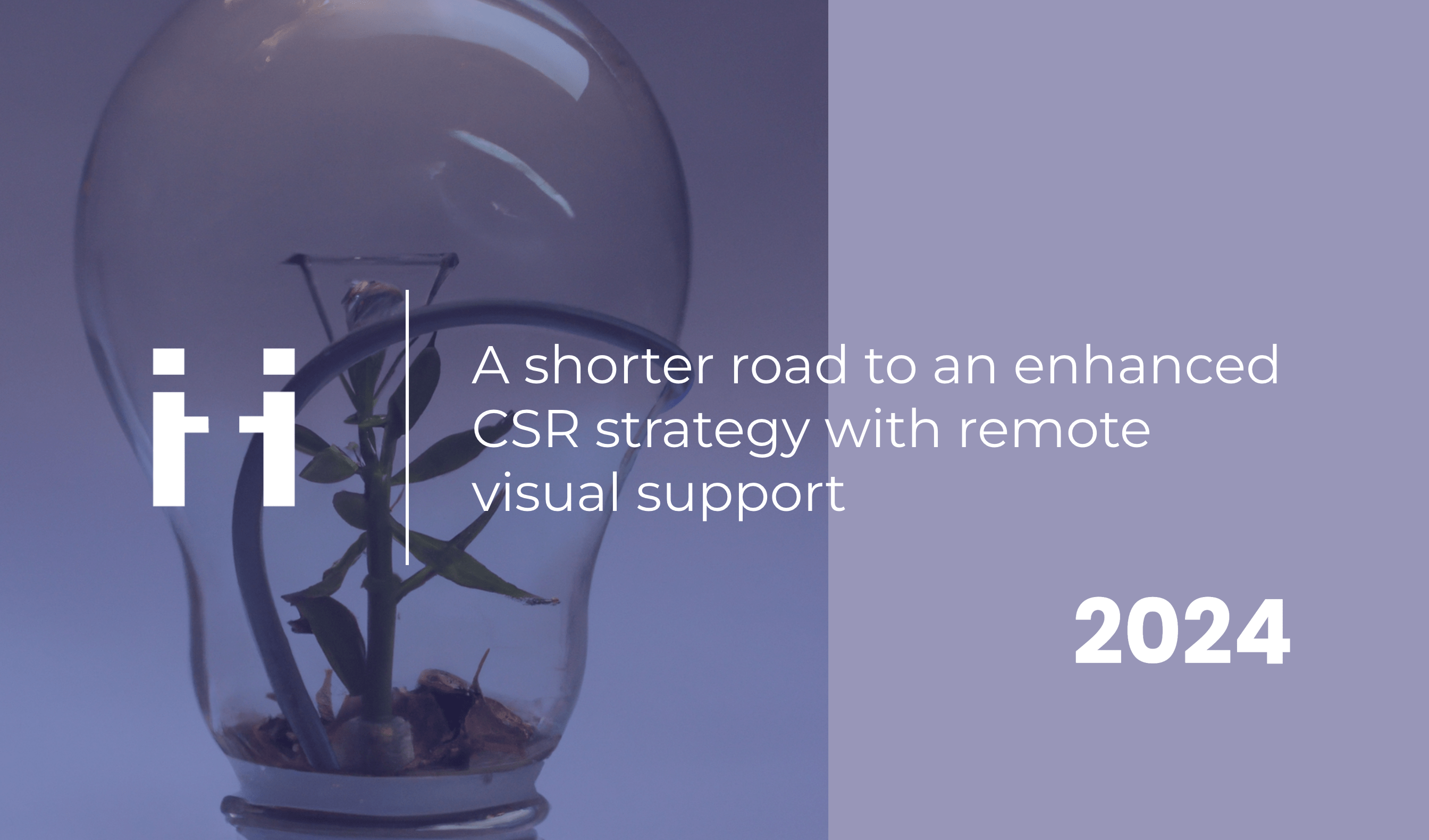
Share this article
Share this article
In the past few years, CSR, once just an acronym of three letters, has evolved into much more. Corporate Social Responsibility is currently a fundamental aspect for numerous businesses, serving as a guiding principle for customers seeking superior products and services. Statistics affirm this shift: research indicates that consumers are four times more likely to make a purchase from companies guided by a distinct and meaningful purpose. Well-defined values are also one of the successful drivers when a company ventures into a new market.
Companies still have a long way to go before they achieve their CSR targets. Luckily, there are digital tools that can help strengthen CSR strategy and greatly accelerate the shift into a fair and sustainable future.
There are four main categories that an effective CSR strategy should address. Companies can use them as a beacon when defining their CSR goals.
Environmental responsibility in the context of Corporate Social Responsibility refers to a company’s commitment and actions to minimize its negative impact on the environment and contribute to sustainability. The days when environmental responsibility was considered only a prerogative of big companies are long forgotten. Now it is a matter of any business regardless of its size.
Key aspects of environmental responsibility within CSR include:
In essence, environmental responsibility within CSR reflects a commitment to sustainable practices that show dedication to preserving the planet and ensuring its operations have a positive impact on the environment.
This aspect of CSR acknowledges that businesses have a responsibility not only to their shareholders but also to the broader society, including employees, customers, and communities. Key elements of human rights and social responsibility include:
This dimension of CSR goes beyond legal obligations and is driven by a commitment to giving back to communities and addressing social issues. Key aspects of philanthropic corporate responsibility include charitable giving, employee volunteer programs, community development projects, and so on.
Economic corporate responsibility recognizes that businesses have a broader responsibility beyond profit generation and should contribute positively to the economic well-being of society. It implies:
Each component can be broken down into sub-components. Such solutions as remote visual support can improve companies’ CSR strategy and wholesomely contribute to each aspect of the corporate social responsibility matrix.
How can it be achieved?
Remote visual support provides customers with a firsthand view into the process of resolving their queries, ensuring a level of transparency that actively communicates the company’s dedication to customer satisfaction. This real-time visibility acts as a reassurance, assuring customers that their issues are not only acknowledged but actively worked upon, fostering confidence in the company’s commitment to delivering top-notch service.
Customers have the option to revisit the support session through the archive of the video recording. This feature allows them to truly understand the troubleshooting process and gives companies the ability to provide adherence to privacy policies.
At the end of each support session, customers are encouraged to leave their feedback. This communication loop serves dual purposes: promptly addressing customer concerns and actively incorporating valuable feedback into ongoing efforts to enhance both products and services.
Remote resolution of the customer queries results in fewer trips on-site which leads to less CO2 emissions. Even if assistance is required, a technician can consult the video recording of the session and come on-site fully prepared avoiding unnecessary trips to inspect what the problem is about.
Remote visual support can help companies save resources spent on professional training conducted by external experts. Instead, companies can craft relevant and effective guides and tutorials that include real-life problems encountered by customers. For on-site technicians aspiring to transition from traditional field operations, the opportunity to actively contribute to the creation of educational guides becomes a significant pathway for professional growth. By developing these guides, technicians not only showcase their expertise but also foster a sense of ownership and accountability.
This engagement cultivates a motivated environment where technicians are inclined to share their best support practices, aligning seamlessly with a CSR strategy that prioritizes continuous employee development and well-being.
What sets remote visual support apart is its compatibility with various software systems, such as CRM, CMMS, FSM, EAM, etc. This compatibility allows support teams to leverage all the features without altering their accustomed usage patterns. This commitment to user-friendly integration aligns seamlessly with CSR principles that prioritize operational efficiency and continuous improvement of employees’ tool stacks.
Remote visual support plays a pivotal role in bolstering safety measures within hazardous work environments, with one significant aspect being the reduction of on-site exposure for technicians. In scenarios where field service operations involve potentially dangerous conditions, such as high-risk machinery or toxic environments, the ability to troubleshoot and diagnose issues remotely minimizes the need for technicians to physically be present in hazardous locations. This not only reduces the inherent risks associated with on-site interventions but also ensures the well-being of technicians by limiting their exposure to potential dangers.
Embracing remote visual support is more than a technological upgrade; it’s a strategic leap toward a conscientious business model. By seamlessly integrating this tool, companies transcend traditional boundaries, fostering transparency, reducing environmental impact, nurturing employee development, and ensuring safety. In a world in need for responsible practices, remote visual support emerges not just as a solution but as an essential driver of holistic corporate social responsibility.